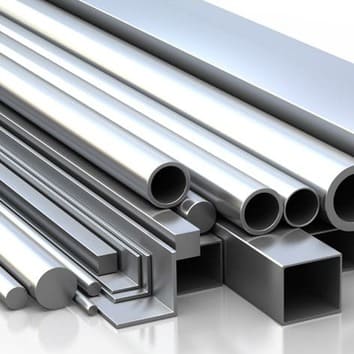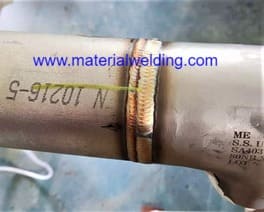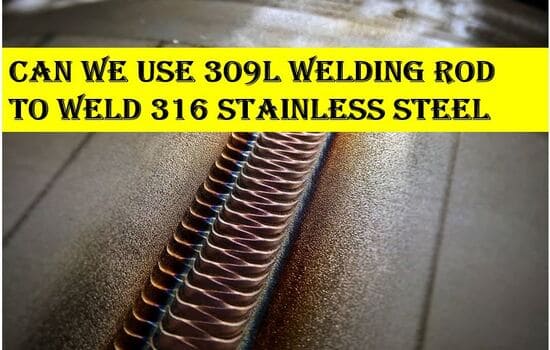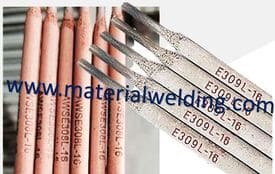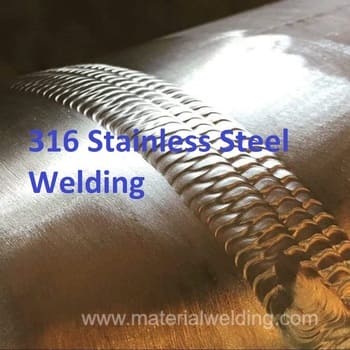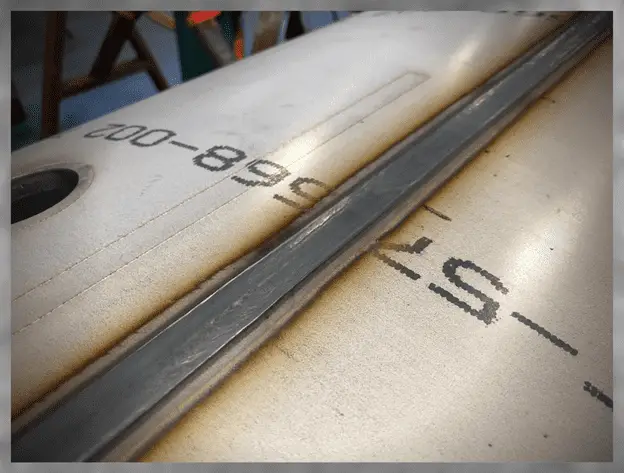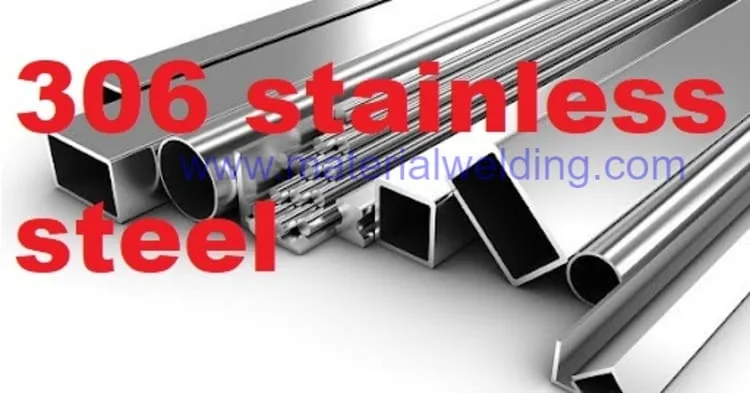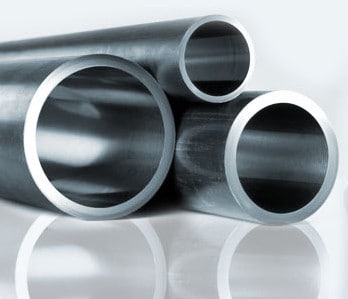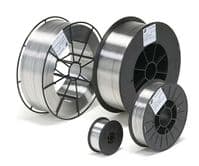When it comes to stainless steel, there are over 150 grades. But, only a handful of them are commonly used in industrial applications.
Two of the most popular and widely used stainless steel grades are 316 and 316L. So, what’s the difference between 316 vs 316L stainless steel?
The main difference between 316 vs 316L stainless steel is that 316L has a lower carbon content.
This gives it better corrosion resistance in certain environments. It also means that it has slightly different mechanical properties than 316.
Both grades of stainless steel are highly resistant to corrosion and can be used in a variety of environments.
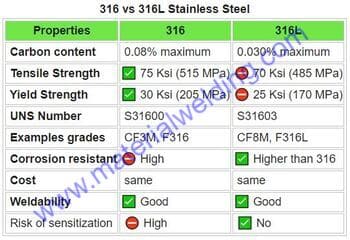
However, because of its lower carbon content, 316L is better suited for use in situations where corrosion is a concern.
Click here to know about 316, 316L chemical, mechanical, physical properties and their uses.
Summary of Differences between 316 vs 316L Stainless Steel
- 316 has higher content of 0.08% maximum while 316L has a maximum carbon content of 0.030%. It is possible for a material to dual classified as 316 and 316L in case carbon content is 0.03% as this still qualify 316 grades.
- Secondly, the tensile strength of 316 is higher than 316L. 316 stainless tensile strength is 75 Ksi (515 MPa) while for 316L is 70 Ksi (485 MPa).
- Third, the Yield Strength of 316 is also higher than 316L. 316 yield strength is 30 Ksi (205 MPa) while for 316L is 25 Ksi (170 MPa).
- The risk of sensitization is lower in 316L compared to 316.
- The UNS Number of 316 is S31600 and the UNS Number of S316L is S31603.
316 vs 316L Stainless Steel
The main differences between 316 vs 316L stainless steel are listed in the below table. The properties and other information provided here as per the ASTM A240 stainless steel material specification.
| Properties | 316 | 316L |
|---|---|---|
| Carbon content | 0.08% maximum | 0.030% maximum |
| Tensile Strength | ✅ 75 Ksi (515 MPa) | ⛔ 70 Ksi (485 MPa) |
| Yield Strength | ✅ 30 Ksi (205 MPa) | ⛔ 25 Ksi (170 MPa) |
| UNS Number | S31600 | S31603 |
| Examples grades | CF3M, F316 | CF8M, F316L |
| Corrosion resistant | ⛔ High | ✅ Higher than 316 |
| Cost | same | same |
| Weldability | ✅ Good | ✅ Good |
| Risk of sensitization | ⛔ High | ✅ No |
